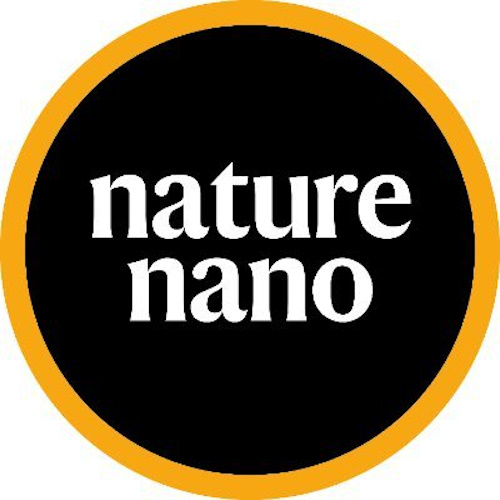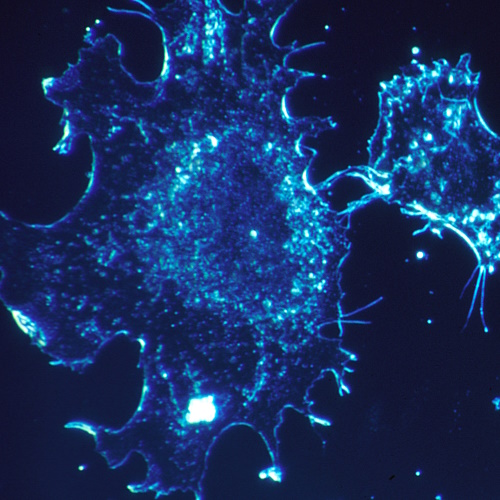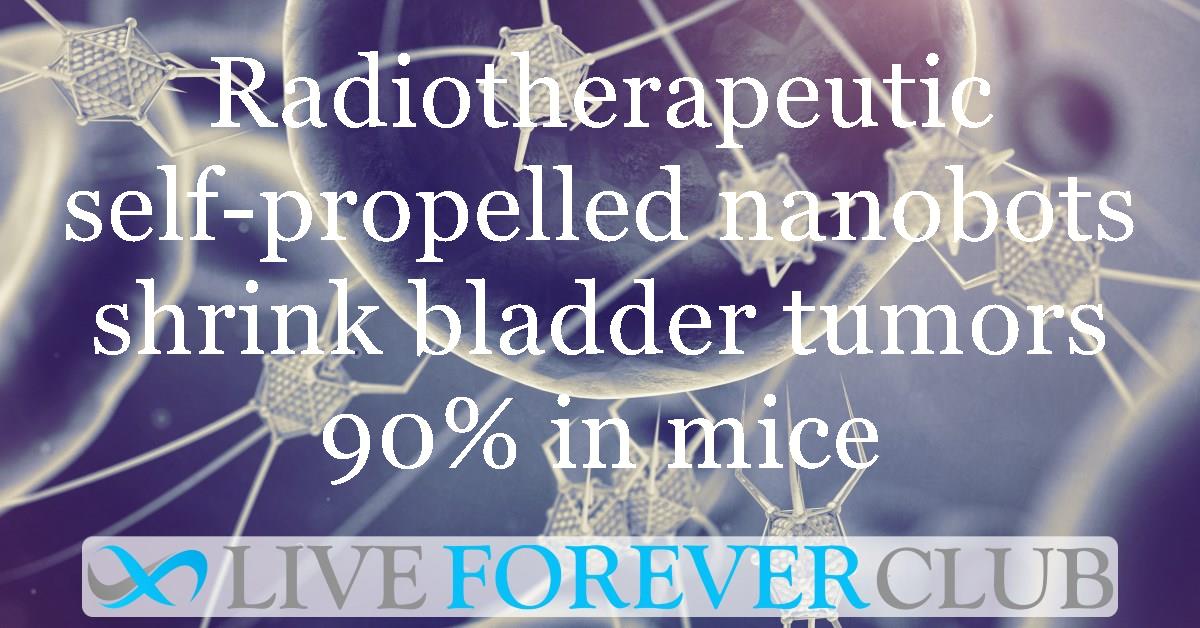Key points from article :
Single dose of urea-powered, radionuclide-carrying nanorobots successfully reduced bladder tumor size by 90% in mice.
“Treatment approach would enhance efficiency, reducing the length of hospitalization and treatment costs," - research lead Samuel Sánchez.
Nanobots' self-propulsion helps them reach all areas of the bladder, accumulate in tumors, and deliver targeted radiation therapy.
Developed new techniques to visualize nanobots within bladders and tumors, overcoming limitations of conventional imaging.
“Localized administration reduces the probability of adverse effects, and the high accumulation favours the radiotherapeutic effect,” - research co-lead Jordi Llop.
Even low doses of radiation delivered by nanobots were effective in reducing tumor size.
Researchers are investigating whether treated tumors recur and exploring the use of other radioisotopes for therapy.
Study by IBEC and CIC biomaGUNE, published in Nature Nanotechnology.






